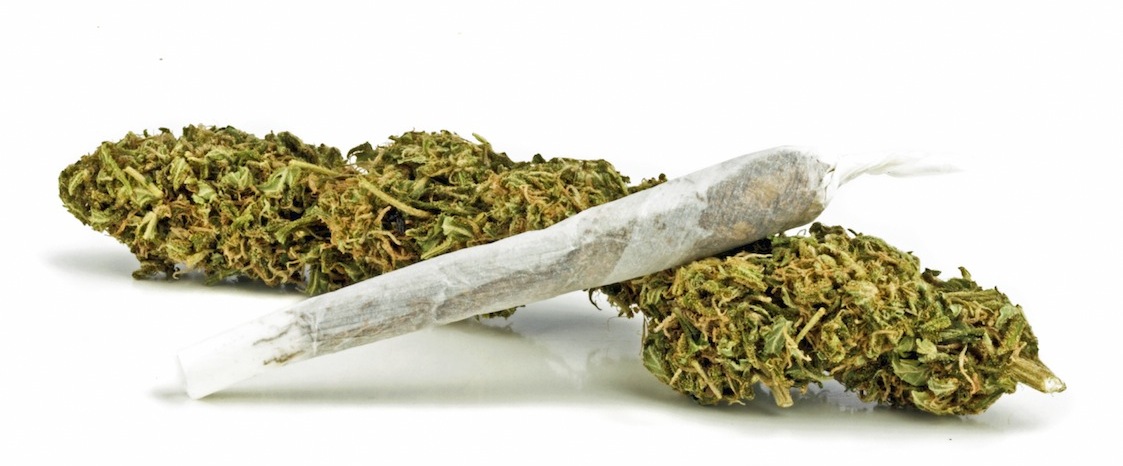If you are a parent, the legalization of marijuana, or cannabis, in California may have raised concerns that your child or teen will now have more exposure and easier access to the drug. You may be on the lookout for symptoms of marijuana use in order to prevent your child from suffering the drug’s negative impacts, which include cognitive deficits that can occur — and may become permanent — if used when the brain is still developing.
California voters passed Proposition 64 — also known as the Adult Use of Marijuana Act (AUMA) — into state law in November 2016. This means that California adults aged 21 and older can now legally possess and use — for nonmedical purposes, and with certain restrictions — up to one ounce of marijuana (or eight grams of concentrates). They also can legally cultivate up to six marijuana plants for their personal use within their residence.
Downside of Legalizing Marijuana in California
Many Californians strenuously opposed Proposition 64 because it also legalizes advertisements that promote smoking marijuana or consuming marijuana-spiked candies and brownies via television programs that are watched by millions of children and teens. These promotions in popular media are anticipated to impact child health and safety by minimizing the dangers of marijuana and negative outcomes associated with its use. This may lead to increased curiosity about marijuana use among adolescents.
Spotting the Signs and Symptoms of Marijuana Use
For parents hoping to prevent their kids from experimenting with marijuana, or to nip cannabis use in the bud, here are some signs and symptoms of marijuana use:
Interest in weed culture: movies, media, special phrases, paraphernalia and clothing — The popularity of marijuana-inspired sayings and the marketing of weed-culture merchandise has taken off with the legalization of marijuana in many states across the nation. Just as movies and TV may trivialize the dangers of using marijuana, trendy clothes, paraphernalia and pop-culture items make marijuana — also known as weed, pot and grass — seem “cool” and more appealing to your adolescent. Also, certain weed-centric phrases borrowed from “stoner culture” have made their way into the popular vernacular, with kids often repeating (or texting) sayings like “4:20, blaze it,” which signifies that it is time to go smoke marijuana and “get stoned.” For many kids, exposure to the weed culture is their introduction to marijuana — often without a full understanding of all that it means.
Increased appetite and snacking habits — Marijuana can trigger a major case of the munchies. Are you noticing that your teen is having more food cravings and snack attacks? If their room is suddenly littered with candy wrappers, or if they are showing a keen interest in baking brownies or special batches of cookies, you might want to investigate further.
Lethargy or an increasing pattern of sleepiness, listlessness — Lots of pre-teens and teens will spend a weekend watching TV, but if your formerly active and alert teen starts to do this more often, spending hours lazing around their room or staring at the TV in an unfocused daze, pot smoking may be the underlying reason.
Inappropriate giggling or laughing fits — If you are talking to your child and notice that everything you say seems to trigger a fit of the giggles, even when the topic isn’t funny, a pot high may be the culprit. Finding even trivial things hilarious is one of the many symptoms of marijuana use.
Red, bloodshot eyes — If your child and their friends often have red or bloodshot eyes, and you don’t think they are suffering from hay fever or another allergy, the cause may be marijuana.
Efforts to disguise the smell of pot with mints, perfume, etc. — Just as kids use mints, chewing gum, mouthwash and perfume sprays to disguise the tell-tale scent of cigarette smoke, kids smoking pot might do the same.
Difficulty following a topic of conversation, lagging attention — As with many other drugs, marijuana affects attention span and decreases a person’s ability to focus. If your teen seems “spacey,” distracted, or can’t follow the thread of a conversation, pot or another drug that dulls the senses may be the culprit.
Keep in mind that many of the most noticeable signs and symptoms of marijuana consumption occur directly after use and wear off over time. The high or euphoria from the drug can last for a few hours, and so can related problems with judgment, concentration and certain motor functions that may impair driving and other activities that require sharp focus and attention.
Sources
Guide to California’s Marijuana Laws. CANORML, 2016.
http://www.canorml.org/camjlaws.html
Signs and Symptoms of Marijuana Use. Narconon, 2016.
http://www.narconon.org/drug-abuse/signs-symptoms-marijuana-use.html









